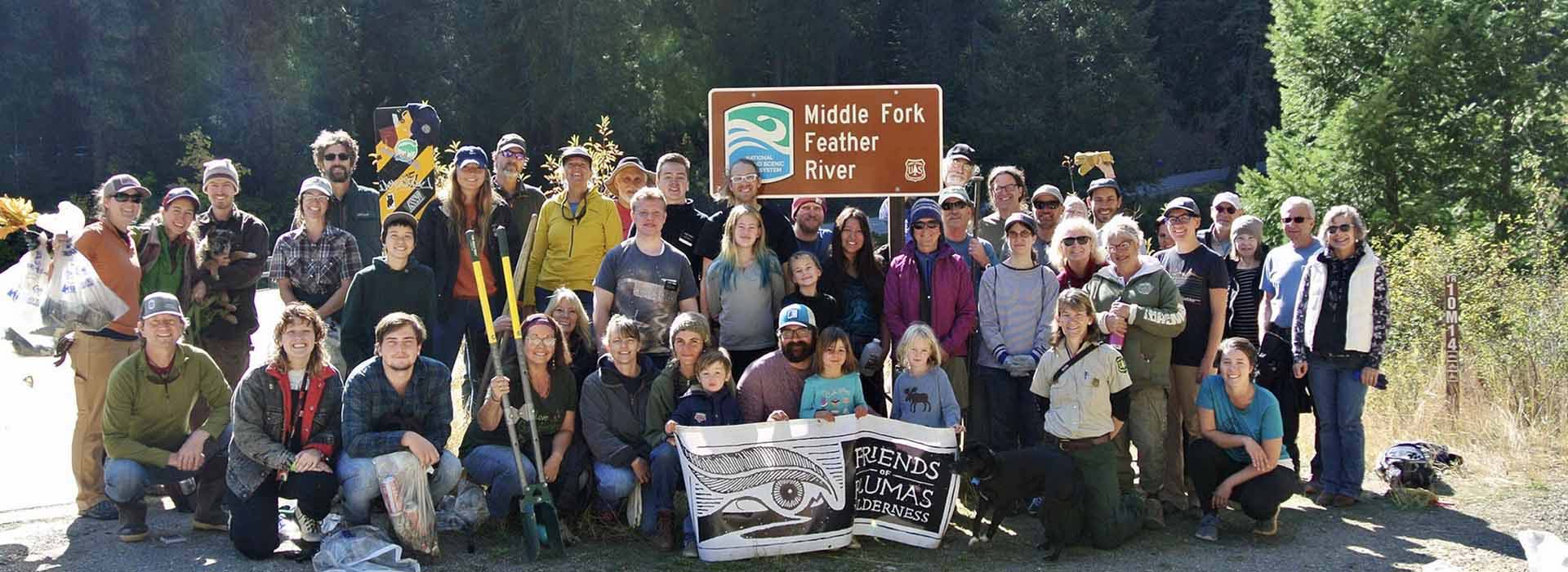
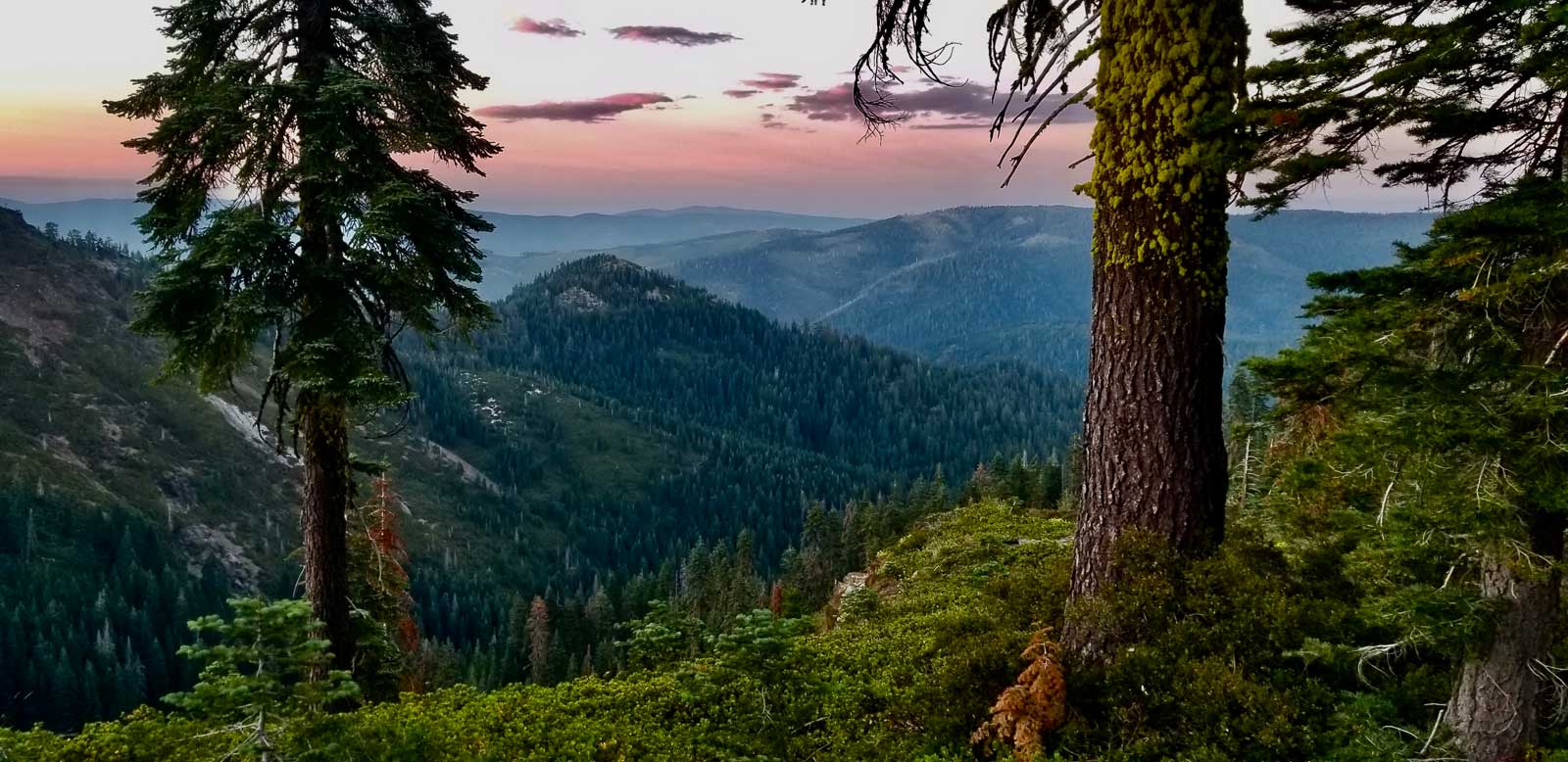

CONNECT WITH US
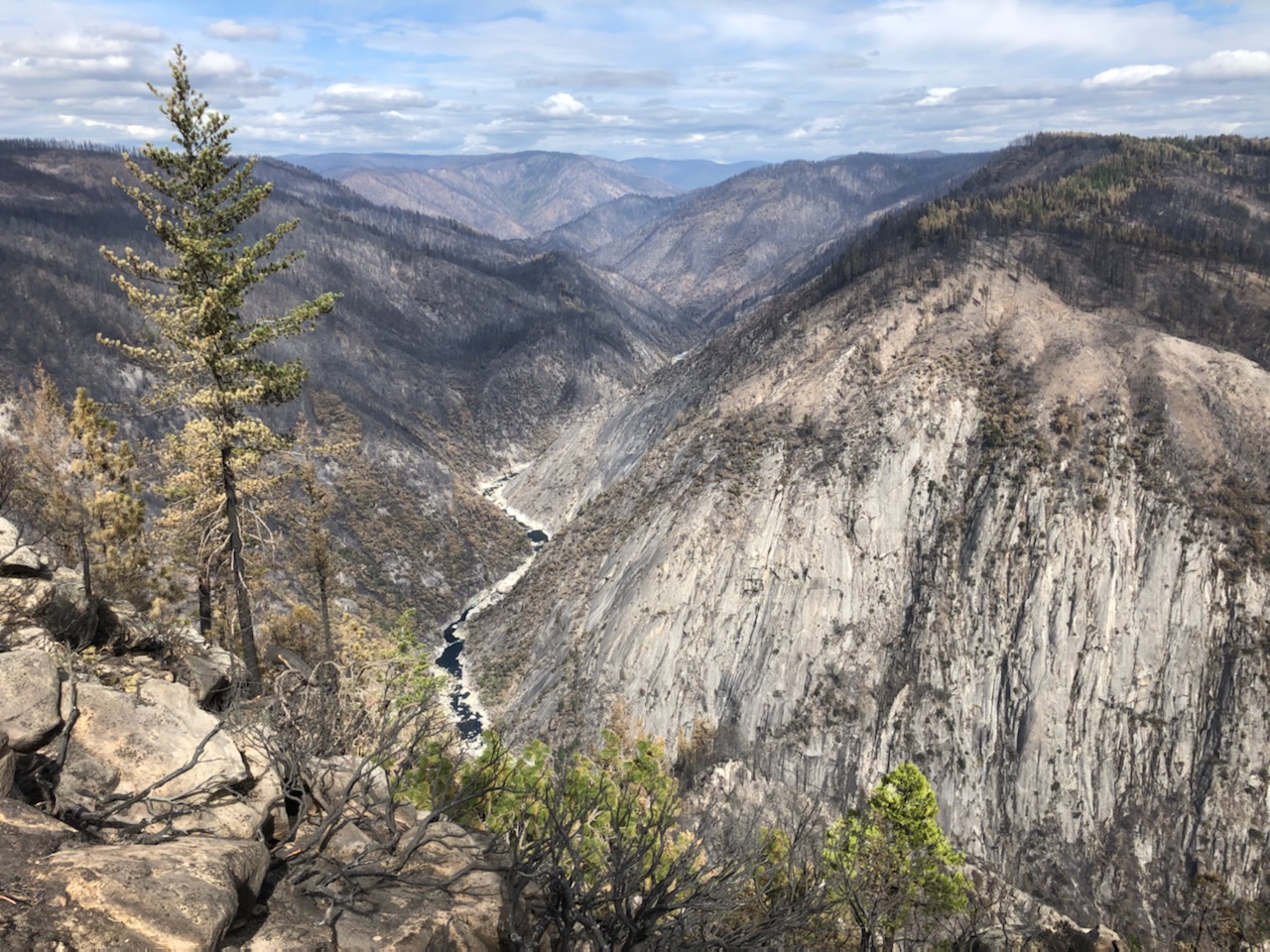
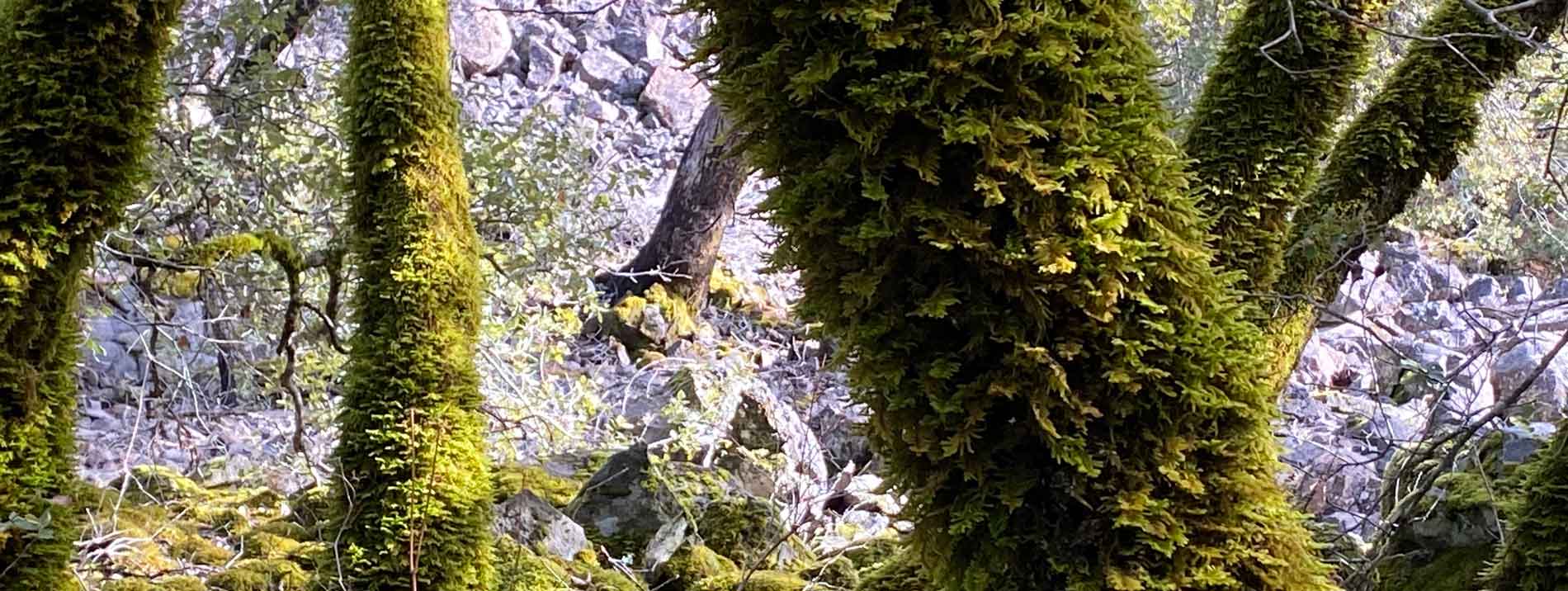
Terrane explores the facts of our natural communities firsthand: what they look like, sound like, smell like, and feel like; in other words, ground-truthing what it means to be here, now. The idea for Terrane grows out of conversations on the trail and draws inspiration from our surroundings.
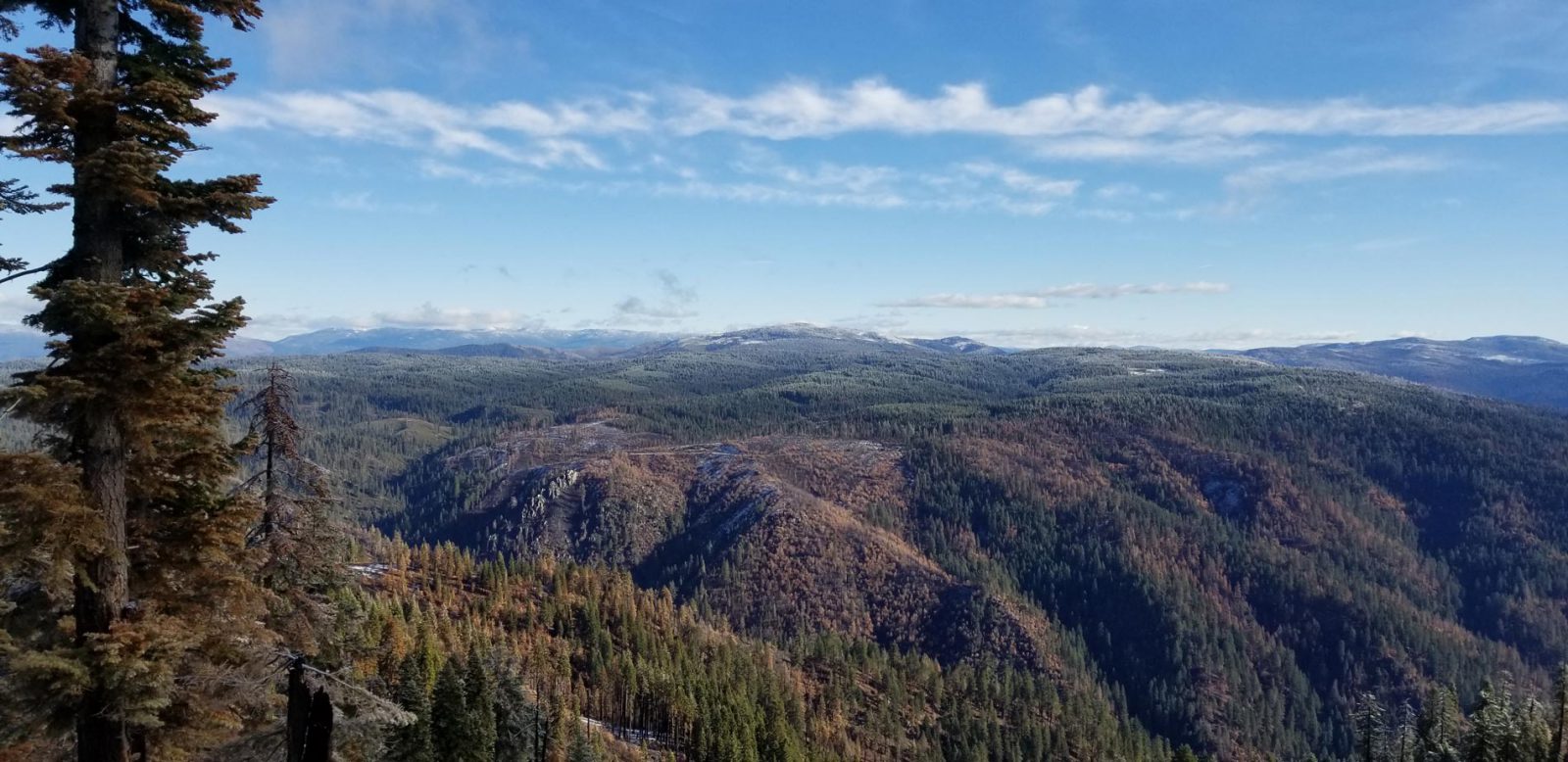
The word itself—terrane—is defined as a “fault-bounded area, or region with a distinctive stratigraphy, structure, and geological history” by the Oxford English Dictionary. It is used to describe landscapes with discrete features or compositions. It is different from, but related to, terrain , which is simply a general term used to describe the characteristics of any geographic space.
When you say “terrain,” for example, you suggest whether a place is gentle or rugged or dry or lush, and perhaps reference how difficult it might be to access. When you use the word “terrane,” you are pointing to what makes a place unique, to its makeup; you are thinking about the materials from which it is formed, and what sets it apart.
We learned the word “terrane” from a nearly-30-year-old document compiled by the California Native Plant Society (CNPS) in conjunction with Plumas National Forest botanists that describes Red Hill as “the focal point of the most extensive ultramafic terrane in the northern Sierra,” and maintains that Red Hill “contains the highest concentration of Forest-sensitive rare plants” on the Plumas. In other words, Red Hill is a big chunk of the Earth’s mantle on which a profusion of wildflowers and unique shrubs grow! Look for the Red Hill blog coming soon!
Will had been dreaming of exploring the east side of the forest, and Darla and Darrel had planned to spend part of their winter break surveying proposed Special Interest Areas identified in the CNPS document. Personally, each of us wanted to explore these places. FoPW, though, hopes to communicate goals that link vulnerable landscapes like them to positive actions.
In the spirit of bioregional thinker Peter Berg, FoPW recognizes that contemporary environmentalism has to be about “more than saving what’s left,” more than protecting pockets of land, or islands for unique species, or individual species themselves. Instead of islands, secluded and separate from one another, we might imagine Special Interest Areas, inventoried roadless areas, Wilderness, and other protected spaces as cohering into an archipelago of care, interdependent and interrelated, individually rich, yet contributing to the health and diversity of the whole region. Such thinking is in line with the level of conservation that E. O. Wilson has recently called for, that in order to maintain 80% of Earth’s species we must commit half of planet Earth to nature.
One thing is certain: The narrative can’t be about disaster and loss any more. There are better stories to tell. Ones that are (re)generative. We’ve all had our fill of ruin and isolation, especially in 2020. We hope you join us on this journey, and share your own explorations and observations in the watershed we share and love.